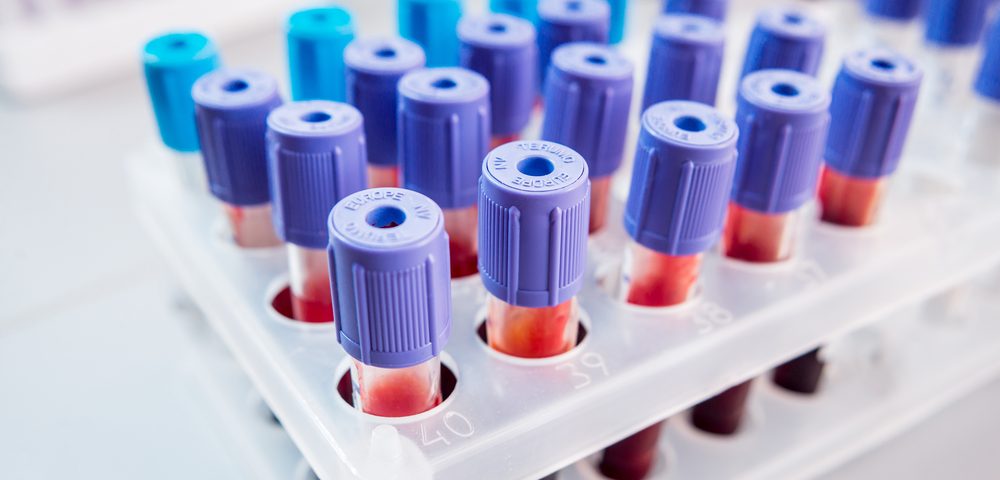Blood levels of a molecule called phosphatidylserine (PS) may help distinguish between malignant and benign ovarian tumors, researchers report.
The study resulted from the collaboration between researchers at the University of Texas (UT) Southwestern Medical Center and Peregrine Pharmaceuticals. Peregrin has licensed the technology from UT Southwestern, is looking for a partner to further develop and possibly market it as a diagnostic test for ovarian cancer.
The study, “Detection Of Phosphatidylserine-Positive Exosomes As A Diagnostic Marker For Ovarian Malignancies: A Proof-Of-Concept Study,” was published in the journal Oncotarget.
Ovarian cancer cells produce tumor exosomes, tiny vesicles that are released into the blood as tumors grow. They are also known to have phosphatidylserine (PS) as a component of their cell membrane, which led researchers to hypothesize that ovarian cancer-derived exosomes would also have this molecule in their membrane, and that PS-positive exosomes in the bloodstream could be a surrogate biomarker for cancer.
To test whether PS-positive exosomes circulating in the blood could be a biomarker for cancer, researchers analyzed blood samples from 34 patients suspected to have ovarian cancer and 10 healthy individuals.
The analysis showed that PS levels were higher in cancer patients than in the control group. Importantly, patients with malignant cancer presented significantly higher PS levels than patients with benign tumors.
“These initial proof-of-concept results are encouraging as they appear to support the underlying concept that the measurement of PS-positive exosome levels in blood could be a simple way to detect and monitor cancer,” Peregrine’s president and CEO, Steven King, said in a news release. “While the work is still early, we think these data serve as an important first step in highlighting the diagnostic potential of this platform.
“This type of diagnostic technology is particularly important in an area such as ovarian cancer, in which screening options are limited and the ability to detect the disease at an early stage is inadequate,” he added. “We look forward to continuing to explore the potential of the technology platform in ovarian as well as other types of cancer.”

